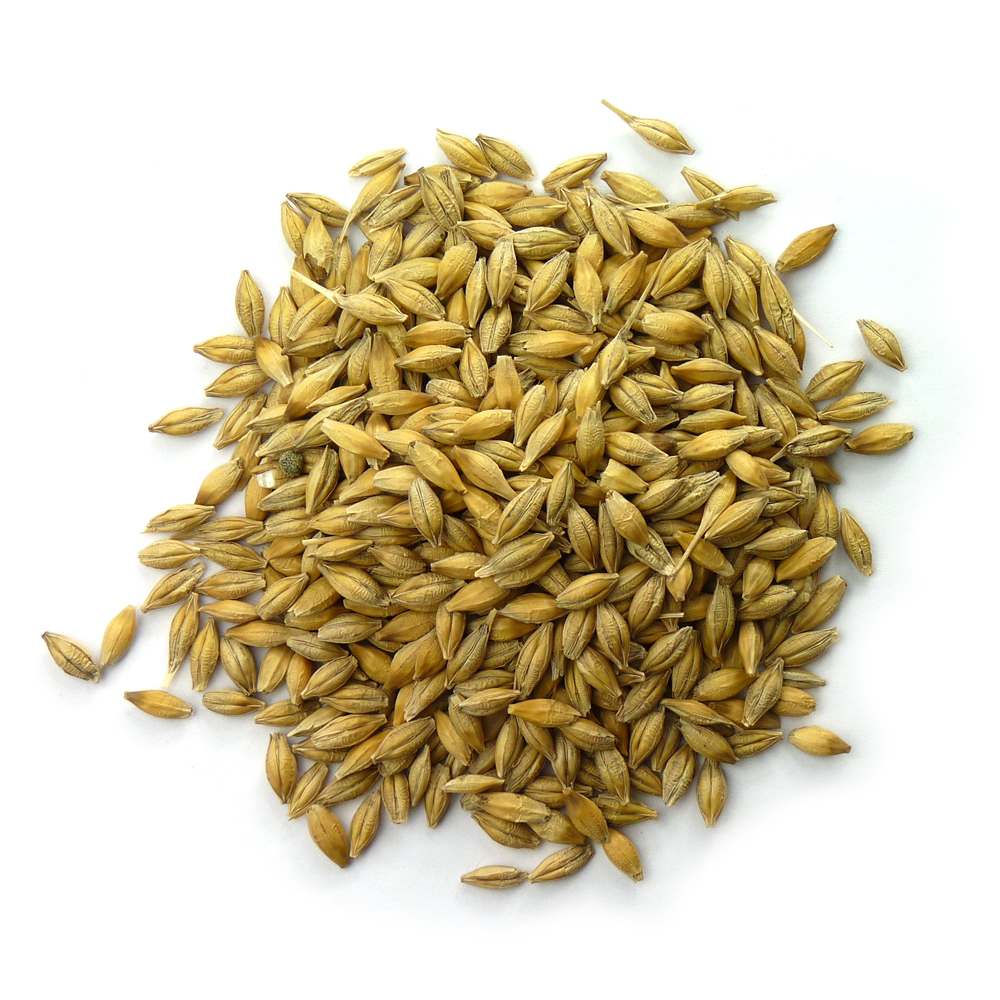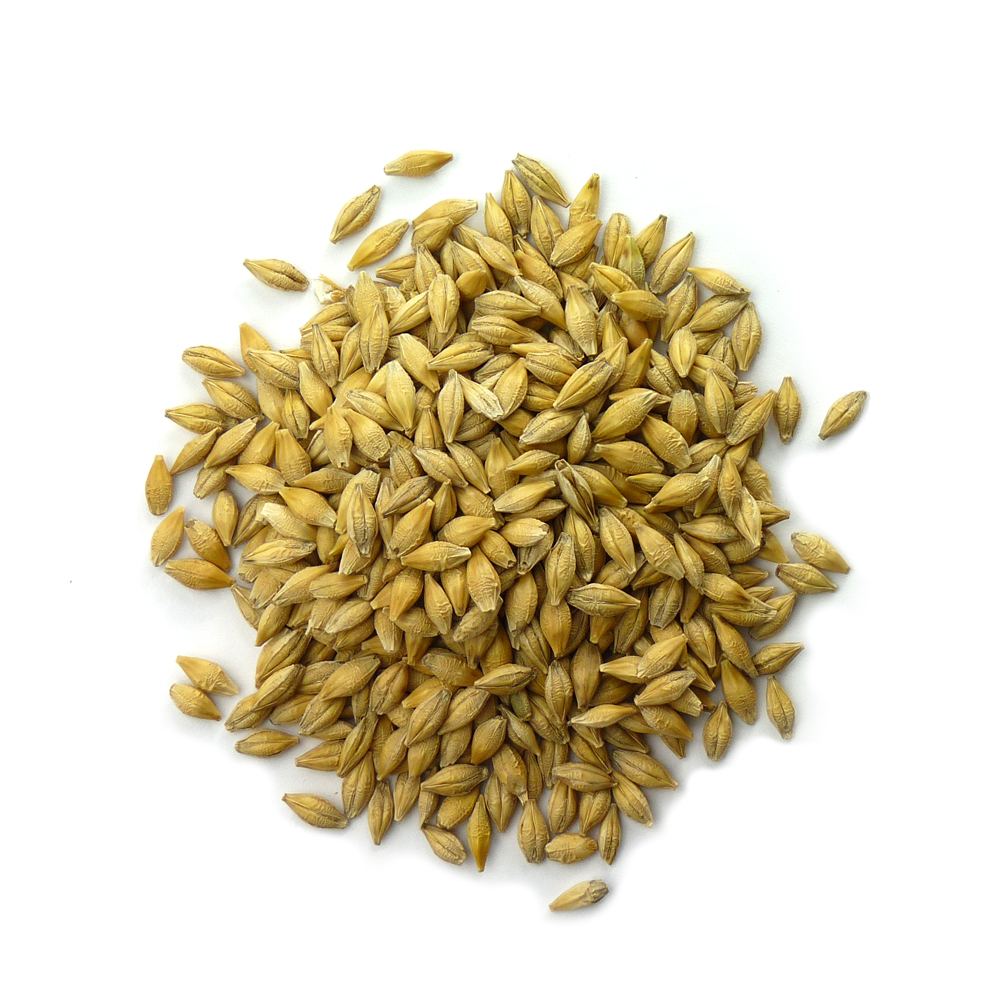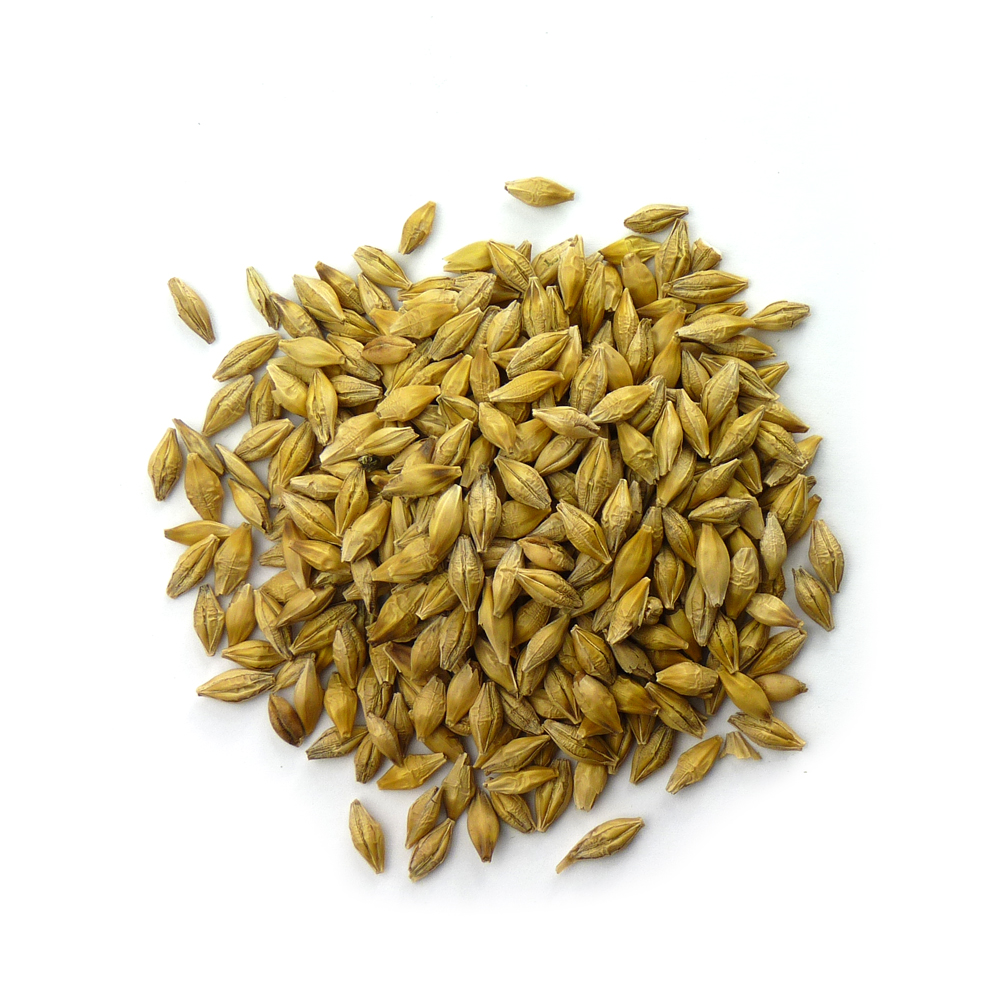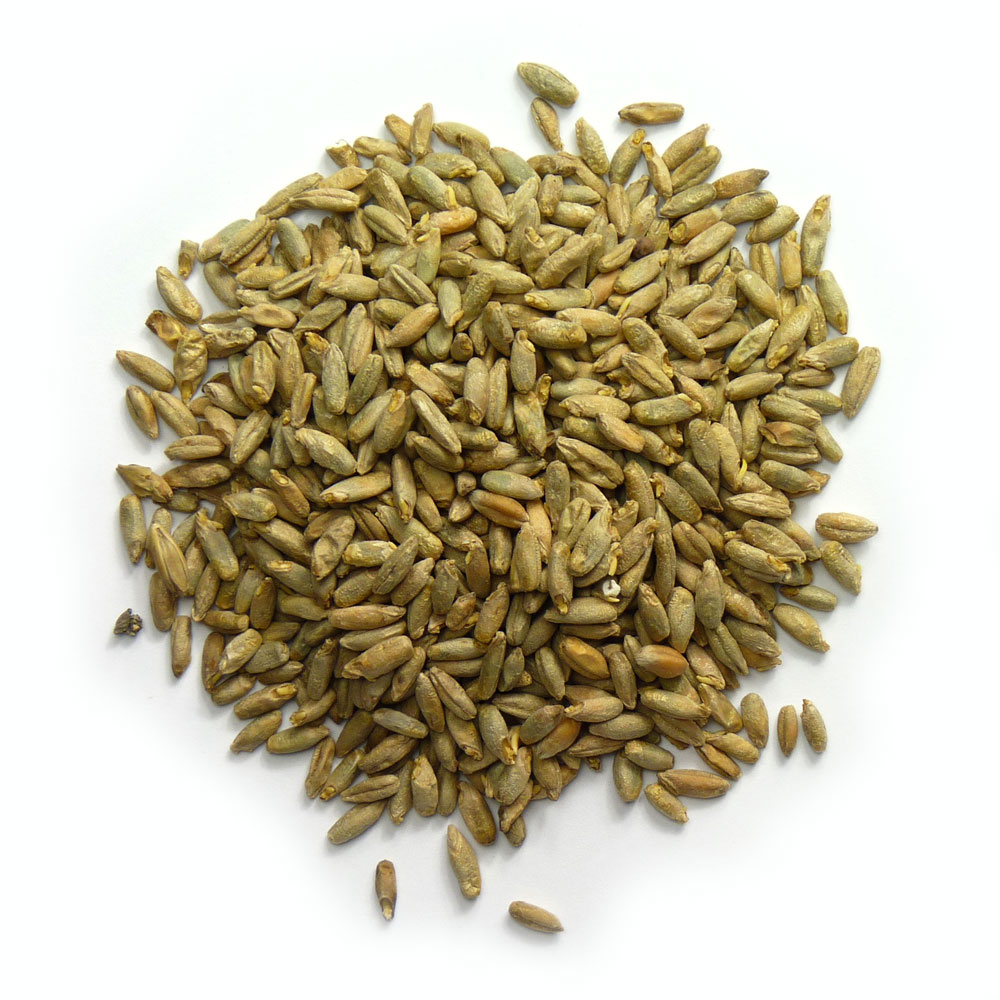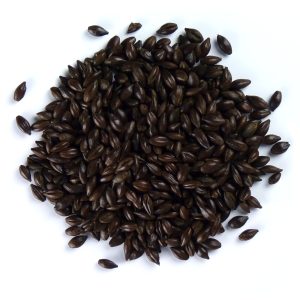

WIDENING THE CHOICE
Most of our Distillers Malt production is made from selected Spring barley varieties (currently Laureate), grown suited under contract, on farms best for the purpose.
HERITAGE MALTS, LANDRACE MALTS, THEIR CHARACTERISTICS AND CONTRIBUTION.
There is today a wide interest from Distillers in both Heritage Malts and Landrace Malts because of their pronounced flavour profiles. We are talking about two distinct groups of malts here. Heritage Malts are made from genetically true hybrid barley varieties, bred between 1905 and 1965. Landrace Malts stem from landrace barleys (selections from the wild) propagated mostly by generations of farmers up to the end of the 19th century.
The flavours found in both these groups of barleys are there because all barleys were originally selected by man for food, and therefore for their flavour. What has happened more recently, certainly from the latter part of the 20th century onwards, barley breeders’ drive for continually improving agronomic performance has diluted flavour. This has also been exacerbated by the polarisation of just a handful of varieties from which new lines are bred.
The difference between Heritage Malts and Landrace Malts is all about the economics down on the farm, the economics of cultivation. Heritage barleys are “Distinct, Uniform and Stable”, Landrace barleys are not! Heritage barleys are more suited to harvesting with a combine harvester, Landrace barleys need to be cut ‘green’ with a binder, handled in sheaves, dried and cured in a stack. That is a fundamental difference, for the most part quite impractical!
So, we have added just two Heritage Malts to our list of Distillers Malts: Maris Otter (1965), and Plumage Archer (1905). We have also added a Rye Malt.

Maris Otter Factsheet Click Here
Plumage Archer Factsheet Click Here
ROASTED MALTS
We have added Black Malt to our Distillers List, because of its “characteristic smoky astringency”. We suggest no more than 5% of the total grain bill. This addition comes about because we understand Distillers are experimenting with Roasted Malts as an alternative to Peated Malts.
We also have other Roasted Malts on our Brewers List, both Chocolate Malts, and Crystal Malts, which are beginning to infiltrate distillers ‘grain bill’ and are being described as the “New Frontiers of Single Malts”, see our Brewers Malts.
FURTHER EXPLORATION
At the same time, we continue to look back for other barley varieties to cultivate and multiply, preferably from the Heritage sector.
There is a school of thought that chooses to advocate mixtures of Landrace barley varieties, but for agronomic reasons only, without any consideration for the processes to follow. We are open to discuss Landrace barley varieties individually, but we strongly oppose mixtures.
All barleys are different, and whilst mixtures might complement each other out in the field, managing the water uptake and the germinative energy of mixtures in the malting process is complex and challenging, and can quickly compromise malt quality.

